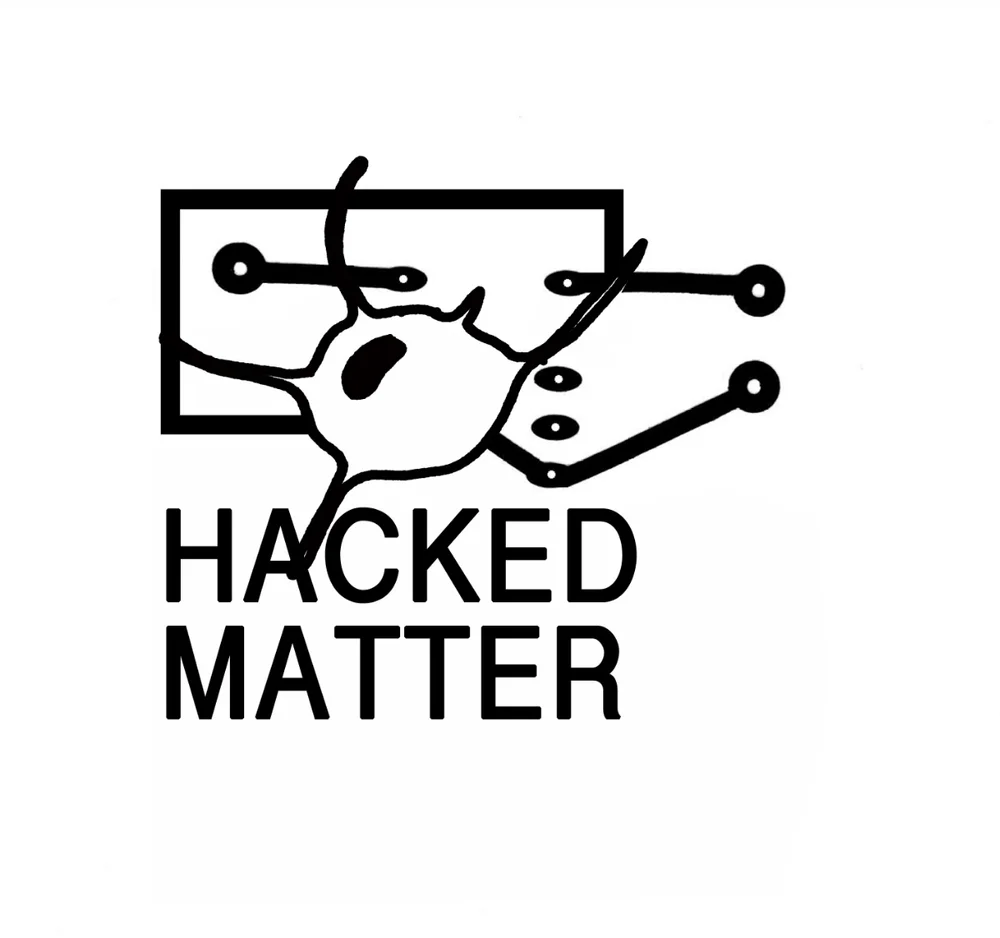Ethnography Matters invited Silvia Lindtner and Amelia Guimarin to write a post based on our Hacked Matter fieldwork and filming in Shenzhen in April, 2014. Below is an excerpt and video we produced for the post. Check out the whole article here.
“Making” is envisioned as a new mode of engaging the world, empowering citizens to turn from passive consumers into active participants in economic processes, state affairs and technological innovation. It is heralded as the saviour of broken economies and educational systems, across developed and developing regions alike. This vision of the rising maker is a powerful one. Indeed, it has attracted significant corporate investment (from places like Intel), drawn the attention of governments (from Obama to China) and mobilized money and people across regions (enabled in part by the set-up of new hardware accelerators like HAXLR8R). Making gets people excited (again). It is the story of adventure and of conquering unfamiliar territory to reinvent how technological futures are made today — at its heart it is a vision of technological and social progress. Journalists, scholars, and makers alike have been busy telling this story, joining in on the promotion of making as the harbinger of an industrial revolution (Anderson 2012). What has fallen through the cracks, however, are other stories of making that do not neatly fit the maker story of linear technological progress, of the Californian culture of cool and of embarking on a bold adventure. In this blog post, we focus on telling this other story of making — of those makers who are rarely thought of as makers and whose stories are less often told. Earlier this month, we traveled to Shenzhen to attend China’s first featured Maker Faire.

